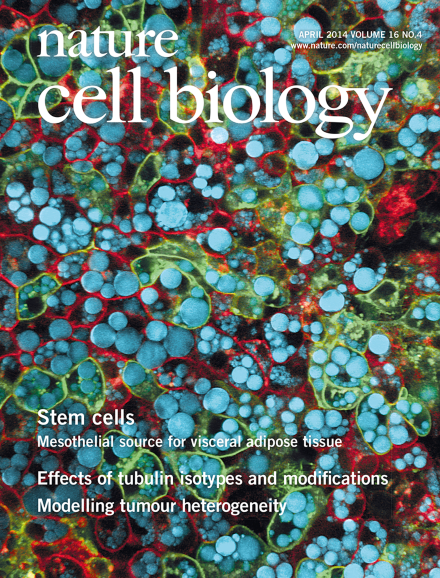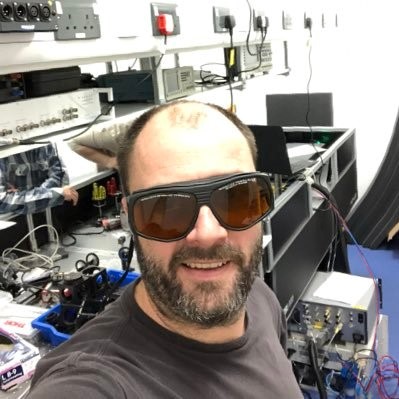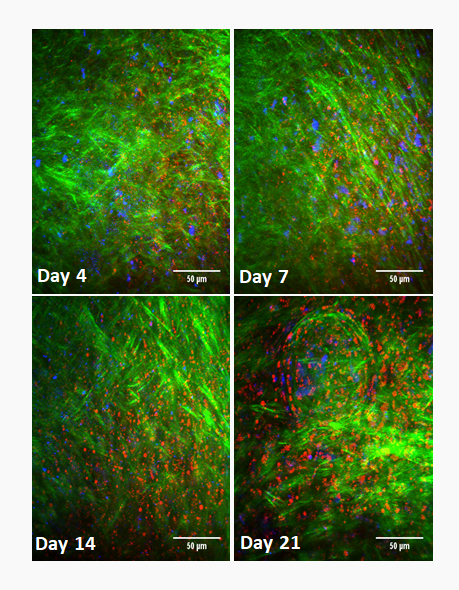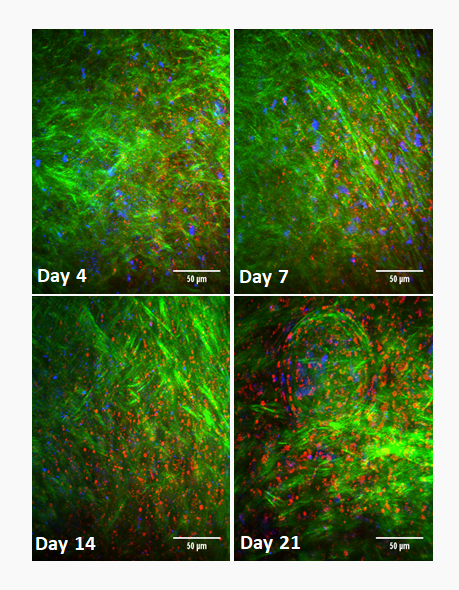For 18 years, Photonic Solutions has proudly represented APE in the UK and Ireland. Together, we’ve helped establish APE as the global leader in ultrashort pulse diagnostics and tunable wavelength conversion.
One standout success is the APE PulseCheck autocorrelator, now recognised worldwide as the benchmark for ultrashort pulse characterisation. As APE’s trusted UK and Ireland partner, we continue to support researchers and engineers with cutting-edge laser technology.
A Partnership Built on Innovation
Since 2005, we’ve delivered APE’s ultrafast laser systems to universities, industry, user facilities, and national laboratories.
Our very first installation was at the University of Nottingham in 2005, of a Levante IR Picosecond OPO. Since then, we’ve supported facilities across the UK and Ireland, where APE systems drive breakthroughs in:
cancer treatment
drug development
in-vivo imaging.
Use Case Study 1: Ultrafast Lasers in Cancer Research: Edinburgh Cancer Research Centre
For over 11 years, Dr Martin Lee at the Edinburgh Cancer Research Centre has relied on the APE PicoEmerald. This system was later upgraded to the PicoEmerald S.
This compact, automated multiphoton laser replaced a room-sized setup. It simplified experiments, making advanced imaging accessible without specialist training.
The PicoEmerald enables:
- Coherent Raman Scattering (CARS, SRS)
- Second Harmonic Generation (SHG)
- Two-Photon Fluorescence
- Fluorescence Lifetime Imaging (FLIM)
One early project with Dr You-Ying Chau demonstrated the power of Coherent Raman imaging for cancer research. She needed to visualise lipid formation inside cells—difficult with traditional markers. The PicoEmerald delivered label-free clarity, helping her secure a Nature Cell Biology front cover feature.

Thanks to these enhanced imaging capabilities, PhD students Dr William Tipping and Dr Kristel Sepp managed to image a modified drug with a ‘Raman tag’ added and an existing cancer therapeutic that already contained this ‘Raman tag’ motif in cells. Their work helped to secure the Edinburgh Cancer Centre funding for a 3-year Cancer Research UK project to study Raman tags in Oncology Drug Development.
Working closely with Photonic Solutions, the ECRC has been able to keep up to date with new products in the field, receive urgent quotes for grant applications, and benefit from Photonic Solutions’ exceptional repair and replacement services. The PicoEmerald S’s upgradable components, like the optical modulator, significantly improved the system’s stimulated Raman scattering (SRS) performance.
“Photonic Solutions have really helped us keep our PicoEmerald in great shape, whether that’s been through being able to upgrade parts in the field, like the optical modulator to really improve the SRS performance or by handling repairs and replacement parts when needed. We’re only just now on our second system so we’ve managed to get an amazing amount of mileage out of it.”
Dr Martin Lee
Use Study 2: Coherent Raman Imaging at Exeter University
In 2007, Prof Julian Moger became the first UK researcher to purchase an APE Levante Emerald Picosecond OPO. This marked the start of the UK’s first Coherent Raman Scattering (CRS) laboratory.
Prof Moger uses CRS to develop label-free optical imaging in biomedicine. His groundbreaking work proved the accumulation of microplastics in marine life, directly influencing UK policy and leading to bans in several industries.
For over 15 years, his APE system has run almost continuously. Alongside Photonic Solutions, Prof Moger has also developed custom laser systems for nonlinear spectroscopy, expanding the impact of CRS research in both medicine and ecology.

Working with Photonic Solutions, Prof Moger has been able to bring his ideas and visions for custom laser systems to life, designing bespoke systems for a range of specific applications.
With a relationship spanning over a decade and a half, APE, Photonic Solutions and Prof Moger have designed and built several Coherent Raman scatter systems which are influencing UK policies and increasing our understanding of the impact of inorganic materials on ecosystems.
“APE and Photonic Solutions are fantastic companies to work with. I have been working with them for over 15 years and would highly recommend them. I have several coherent Raman scatter systems supplied by APE and Photonic Solutions and would be happy to offer potential buyers a demo.”
Prof Julian Moger
Deep Tissue Imaging with Ultrafast Lasers at Southampton University
At Southampton, Prof Sumeet Mahajan leads a team of physicists, chemists, mathematicians, and biologists. Their mission: advance nonlinear optical imaging in biomedicine.
His group operates two APE systems:
- APE PicoEmerald – bringing Coherent Raman diagnostics into hospitals for neonatal and respiratory disease research.
- A 20W dual OPO system with DFG stage – extending spectral coverage to 15 microns for deep tissue imaging.
This advanced system enables significantly deeper penetration for two-photon fluorescence, SHG, and CARS imaging.
Prof Mahajan also adopted the PicoEmerald S as soon as it launched, recognising its transformative potential for medical laser imaging applications. His group’s work has secured major grants, including the Transformative Healthcare Award for “Optical X-Rays for a Healthy Nation.”

As a result of their work, the group has been cited in numerous Regenerative Medicine and developmental publications, as well as gaining a Transformative Healthcare Award grant: ‘Optical X-Rays for a Healthy Nation’ to develop deep tissue diagnostics from outside the body.
The Future of Ultrafast Laser Technology
Today’s researchers expect hands-free, automated ultrafast laser systems. APE has responded with advanced solutions that minimise maintenance and maximise productivity.
At Photonic Solutions, we continue to provide:
- Cutting-edge ultrafast laser technology
- Fast-response support for grant applications
- Expert system servicing, upgrades, and repairs
From Edinburgh to Exeter to Southampton, we’ve helped leading UK groups achieve breakthroughs in biomedicine, cancer research, imaging, and materials science.
👉 Interested in APE ultrafast laser systems for your lab or facility? Contact Photonic Solutions today to explore how we can support your research.






